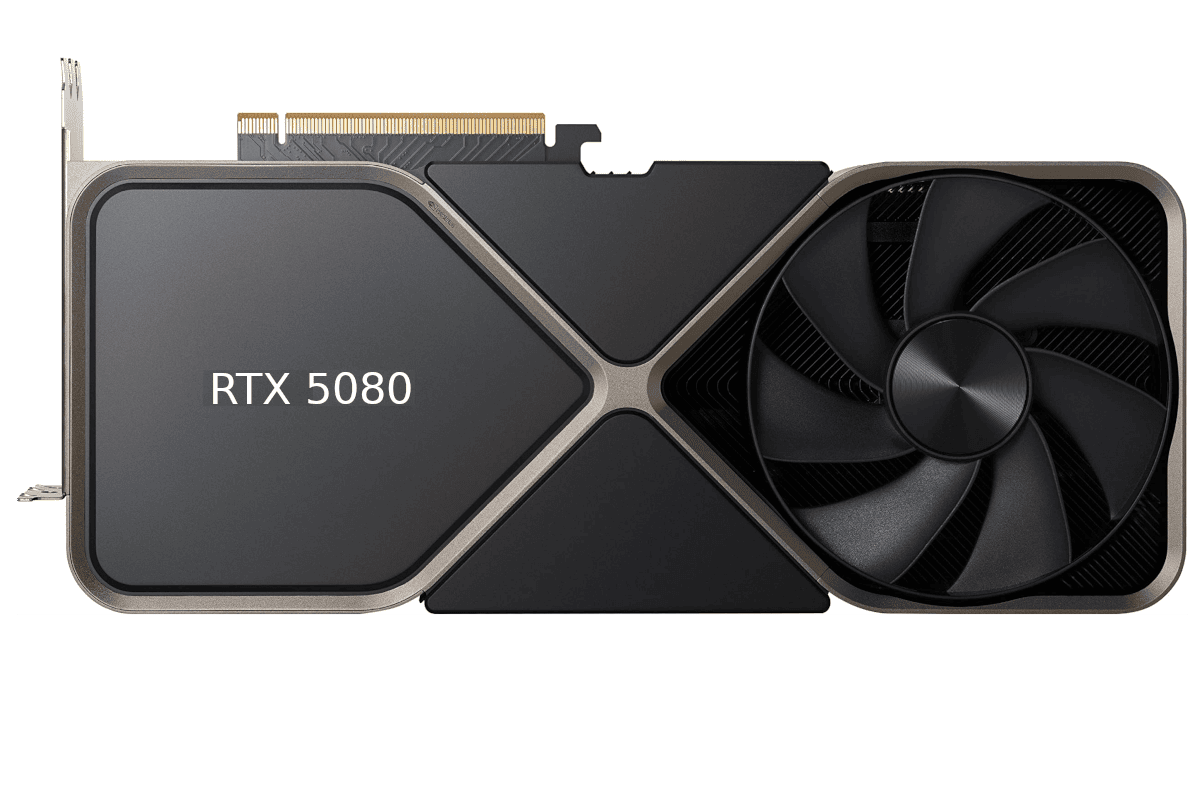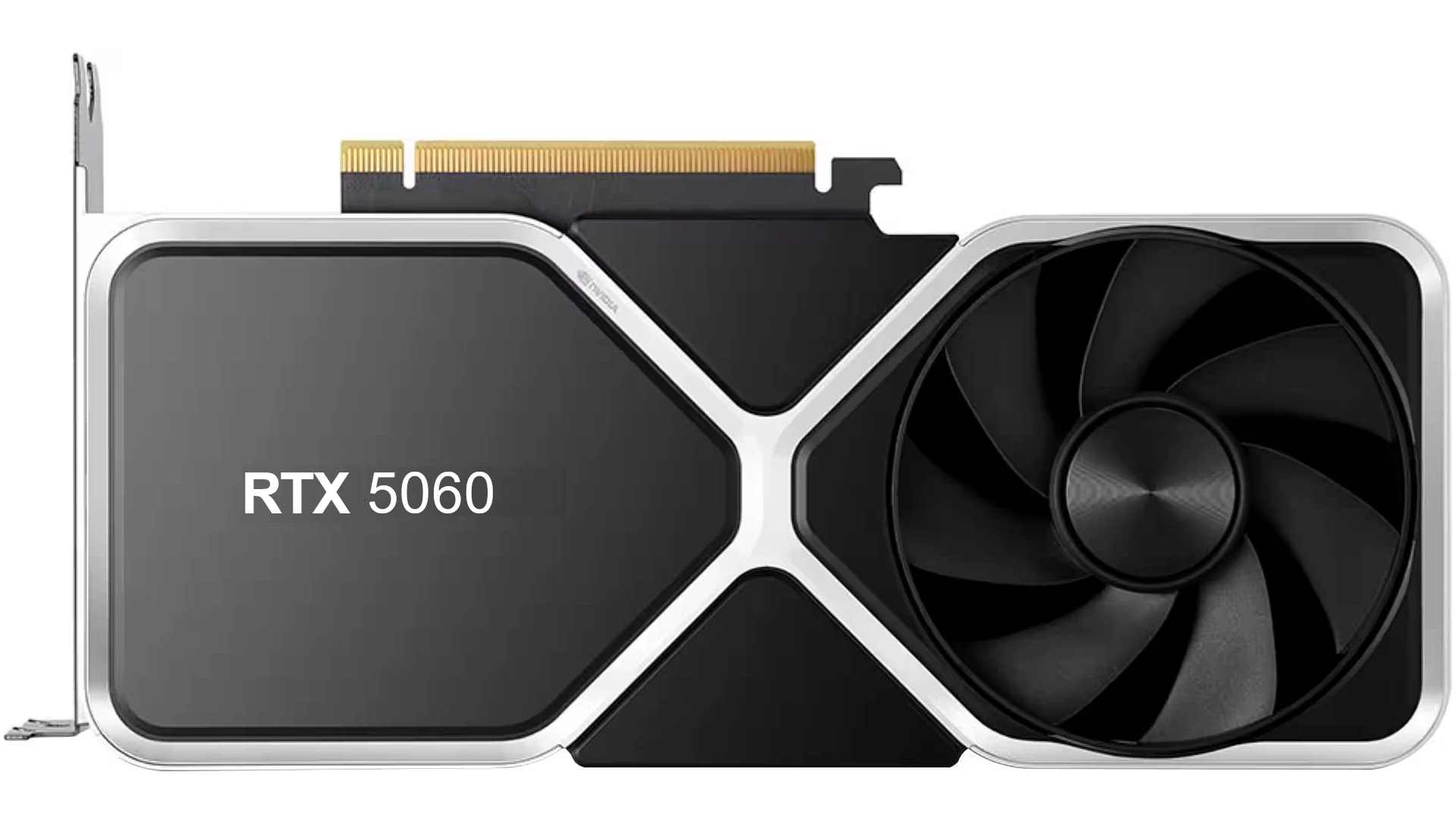Nvidia’s upcoming GeForce RTX 50 series graphics cards are causing excitement among tech enthusiasts. Recent leaks have revealed intriguing details about their memory specifications. The first model is rumored to feature 32GB of GDDR7 memory on a 512-bit bus, potentially delivering unprecedented performance for high-end gaming and professional applications. The leaks surrounding Nvidia’s RTX 50 series have generated considerable interest among PC gamers. The latest information suggests the inclusion of GDDR7 memory, which could provide a significant performance boost.
This article explores the leaked memory specifications, potential performance gains, improvements, and discusses the expected release date and pricing. Whether you’re eagerly anticipating the next generation of graphics cards or simply curious about the latest advancements in GPU technology, this article offers valuable insights into what we might expect from the Nvidia RTX 50 series. These leaks, attributed to industry insider Kopite7kimi, indicate that Nvidia’s next-generation GPUs will utilize the new Blackwell architecture. The second model is reportedly set to consume 400 watts of power, an increase from its predecessor’s 320 watts. This power boost suggests significant performance improvements across the product line.
The GeForce RTX 50-series cards may also introduce GDDR7 memory, marking a substantial upgrade in graphics technology. While exact release dates remain uncertain, industry analysts speculate a possible launch at CES 2025, with some sources suggesting an earlier debut.

Nvidia RTX 50 Series: Leaked Memory Specs and Expectations
The Rumor Mill Churns
Rumors are swirling about Nvidia’s upcoming RTX 50 series graphics cards. While Nvidia has not officially confirmed any details, leaks suggest some exciting advancements in memory technology.
Leaked Memory Specifications
According to a recent leak from a reliable source, the RTX 50 series is expected to feature GDDR7 memory. This new memory standard promises significantly higher bandwidth compared to GDDR6. Here’s what we’ve heard so far:
| Model | Memory Type | Memory Capacity | Memory Bus |
|---|---|---|---|
| RTX 5090 | GDDR7 | 32GB | 512-bit |
| RTX 5080 | GDDR7 | 16GB | 256-bit |
| RTX 5070 | GDDR7 | 12GB | 192-bit |
Expected Performance Gains
The increased memory bandwidth of GDDR7 could lead to significant performance gains in games, especially at higher resolutions and with demanding graphical settings. Early estimates suggest that the RTX 5090 could be up to 50% faster than the current RTX 4090.
Other Potential Improvements
In addition to GDDR7 memory, the RTX 50 series is rumored to feature other improvements, such as:
- New architecture: A new architecture codenamed “Blackwell” is expected to power the RTX 50 series.
- Increased power efficiency: The new cards may offer better performance per watt.
- Enhanced ray tracing capabilities: Expect even more realistic lighting and reflections in games.
- Improved AI performance: The new cards may offer significant improvements in AI tasks, such as upscaling and noise reduction.
Release Date and Pricing
Nvidia is expected to announce the RTX 50 series at CES 2025. Pricing is still unknown, but it is likely to be in line with previous generations.
Should You Wait for the RTX 50 Series?
If you’re in the market for a new graphics card, it might be worth waiting for the RTX 50 series. The rumored improvements suggest a significant leap in performance. However, if you need a graphics card now, the RTX 40 series is still a powerful option.
Choosing the Right Graphics Card
Selecting a graphics card depends on your needs and budget. Consider these factors:
- Resolution: Higher resolutions require more powerful graphics cards.
- Refresh rate: Higher refresh rate monitors benefit from more powerful GPUs.
- Types of games: Demanding games require more powerful graphics cards.
- Budget: Set a realistic budget for your graphics card purchase.
Research different models and compare their specifications and benchmarks to find the best fit for your needs.
Key Takeaways
- Nvidia’s RTX 5090 may feature 32GB of GDDR7 memory, promising significant performance gains
- The RTX 5080 is expected to have increased power consumption, indicating potential performance improvements
- GDDR7 memory could be introduced with the RTX 50-series, representing a major technological advancement
Technical Evolution and Specifications
Nvidia’s RTX 50 Series represents a significant leap in GPU technology. The new architecture promises enhanced performance, improved memory systems, and increased core counts.
Advancements in GPU Architecture
The RTX 50 Series is built on Nvidia’s Blackwell architecture, succeeding the Ada Lovelace design used in the RTX 40 Series. Blackwell introduces several key improvements:
• More efficient processing units
• Enhanced ray tracing capabilities
• Improved AI performance
The flagship GB202-300-A1 die is expected to power the RTX 5090, while the GB203-400-A1 die may be used in the RTX 5080. These new dies are designed to deliver superior performance compared to their predecessors.
Nvidia has reportedly increased the number of CUDA cores. The top-tier model may feature up to 21,760 FP32 CUDA cores, a significant jump from previous generations.
Memory Architecture and Bandwidth Enhancements
The RTX 50 Series is set to use GDDR7 memory, marking a transition from GDDR6X. This upgrade brings several benefits:
• Higher memory bandwidth
• Improved power efficiency
• Increased data transfer rates
The RTX 5090 is rumored to feature a 512-bit memory bus, while the RTX 5080 may use a 384-bit bus. These wide buses, combined with GDDR7, could result in memory bandwidth exceeding 1.5 TB/s for the flagship model.
Micron is expected to supply the GDDR7 chips, with capacities ranging from 16 Gb to 24 Gb per chip. This allows for graphics cards with up to 48 GB of VRAM.
Core Configuration and Performance
The RTX 50 Series is expected to offer significant performance gains over its predecessors. Key improvements include:
• Increased number of Streaming Multiprocessors (SMs)
• Higher clock speeds
• More efficient shader units
The top model may feature over 100 SMs, each containing hundreds of CUDA cores. This configuration could result in a substantial boost in both gaming and compute performance.
Nvidia is also focusing on improving power efficiency. The new architecture aims to deliver better performance per watt, addressing concerns about high power consumption in previous generations.
Early estimates suggest the RTX 5090 could offer up to 70% better performance than the RTX 4090 in certain workloads. However, actual performance will vary depending on the specific application and optimization.
Comparative Analysis and Power Consumption
The RTX 50 Series brings significant changes in performance and power requirements. These new graphics cards showcase advancements in memory technology and energy efficiency compared to previous generations.
Comparing RTX 50 Series with Previous Generations
The RTX 50 Series marks a substantial leap in graphics card technology. The GeForce RTX 5090 boasts impressive specifications, surpassing its predecessors. It features a larger memory interface and increased VRAM capacity compared to the RTX 4090.
The RTX 5080 and 5070 also show improvements over their counterparts in the 40 Series. These cards offer enhanced memory bandwidth and larger L2 cache sizes, contributing to better overall performance.
Key differences:
- Memory Interface: Wider on 50 Series
- VRAM Capacity: Increased across the lineup
- L2 Cache: Significantly larger
Total Graphics Power (TGP) and Efficiency
The RTX 50 Series demonstrates a notable increase in power consumption. The RTX 5090’s TGP jumps by over 100 watts compared to its predecessor. This increase reflects the card’s higher performance capabilities.
Power requirements for the series:
- RTX 5090: 500W TGP
- RTX 5080: 350W TGP
- RTX 5070: 220W TGP
These figures represent increases of 50W, 30W, and 20W respectively over their 40 Series counterparts. The higher power draw necessitates robust cooling solutions and potentially upgraded power supplies for some users.
Market Availability and Future Prospects
The RTX 50 Series is expected to launch in early 2025. Industry insiders suggest a possible reveal at CES 2025, with retail availability following shortly after.
The new series aims to set new benchmarks in gaming and professional graphics performance. Its advanced features and increased power draw indicate a focus on high-end users and enthusiasts.
Potential release timeline:
- CES 2025: Official announcement
- Q1 2025: High-end models (5090, 5080) release
- Q2-Q3 2025: Mid-range models (5070, 5060) rollout
The RTX 50 Series represents Nvidia’s continued push for performance leadership in the consumer graphics market. Its success will likely depend on real-world performance gains and competitive pricing against AMD’s offerings.







